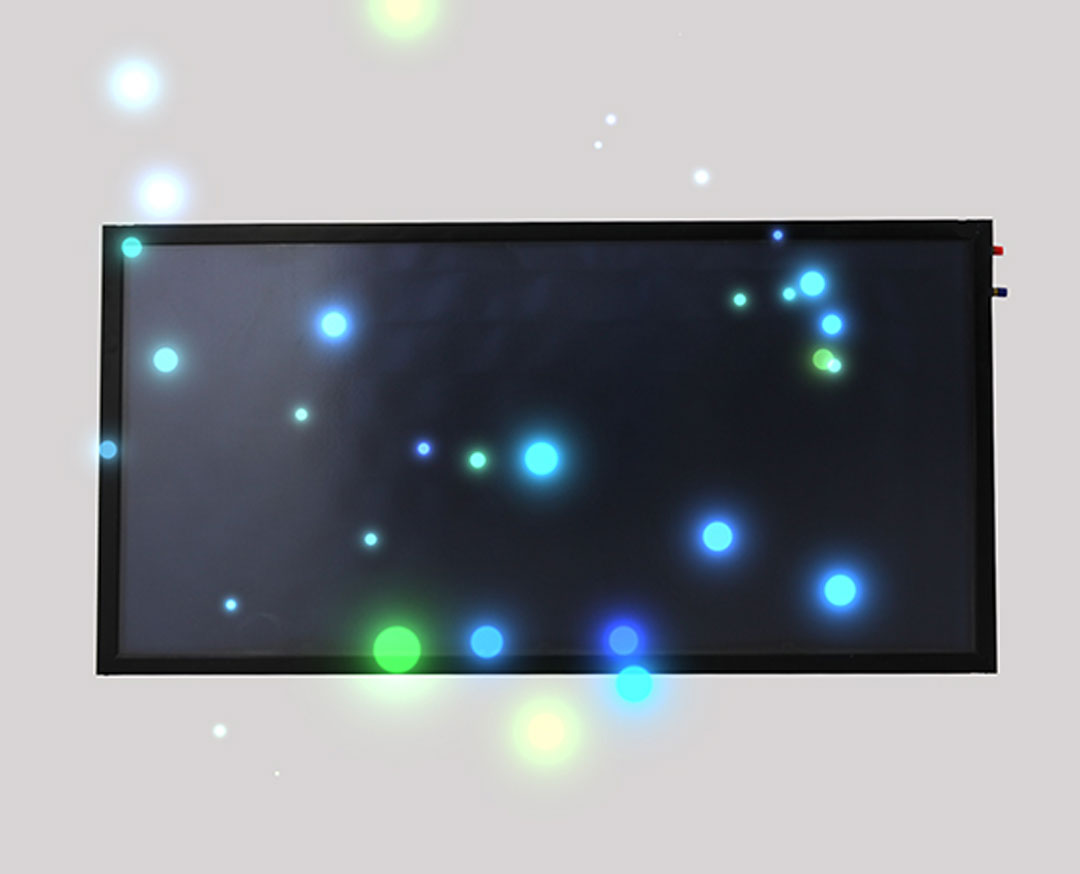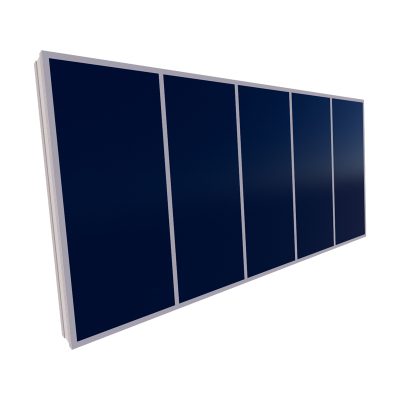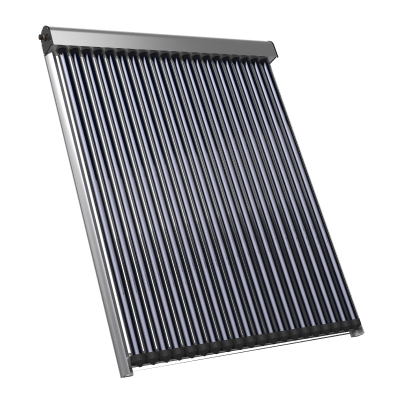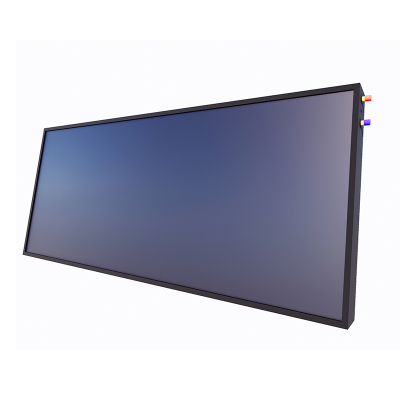STC500 Alpine Solar Collector: The "Solar Thermal Key" to Solving Heating Dilemmas in Frigid Regions
Across China’s vast frigid and high-latitude regions—such as Tibet, Xinjiang, Inner Mongolia, and the three northeastern provinces—long, harsh winters bring extreme cold, with minimum temperatures often dropping below -30℃ and drastic day-night temperature differences. These conditions pose severe challenges to local hot water supply and heating projects. Traditional solar collectors either see a sharp decline in efficiency under such extremes or have a shortened service life due to poor material weather resistance. However, the emergence of the STC500 Alpine Solar Collector acts like a "solar thermal key" to solving heating dilemmas in these areas, bringing new hope for energy utilization and livelihood improvement.
A standout feature of the STC500 is its exceptional heat collection capability in low temperatures, reaching up to 70℃. In frigid regions, where winter temperatures frequently plummet to -10℃ or lower, ordinary collectors struggle to maintain basic efficiency, let alone heat working fluids to 70℃. The STC500, by contrast, delivers stable high-temperature thermal energy even in such cold. For instance, in Nagqu, Tibet—where average winter temperatures hover around -15℃—the STC500 operates efficiently, providing stable hot water and heating for herders’ settlements, ensuring warmth during bitter winters.
To withstand the complex and extreme environment of frigid regions, the STC500 uses carefully selected, specialized materials, boasting strong resistance to high temperatures, low temperatures, and pressure differentials. During operation, the collector’s internal working fluid heats up; the specialized materials endure thermal stress from high temperatures to maintain stable heat collection. In cold conditions, they avoid brittleness or cracking, preserving physical performance. In Hulunbuir, Inner Mongolia—where winter temperatures often hit -25℃—the STC500’s materials retain flexibility and strength for normal operation. Additionally, they handle pressure fluctuations in the system, ensuring long-term reliability.
The STC500’s optimized structure further extends its service life. Designed to withstand snow, wind, and freezing in frigid regions, its components feature robust connections and high resistance to wind and snow loads. After heavy snowfall in the three northeastern provinces, many ordinary collectors suffer structural damage from snow accumulation or strong winds, but the STC500 remains intact. This reduces failure risks from structural issues, minimizing maintenance costs and efforts for users.
As a high-efficiency solar collector for low-temperature environments, the STC500 triples the heat collection efficiency of ordinary models. A key metric—the heat loss coefficient—is below 3.0, meaning minimal heat loss during operation and efficient conversion of solar energy to usable heat. This performance allows 1㎡ of collection area to support 4㎡ of heating area. In a small community heating project in Altay, Xinjiang, the STC500 met the heating needs of multiple buildings with a smaller collection area, boosting energy efficiency while saving space and costs.
Under specific test conditions, the STC500 delivers impressive results: at an ambient temperature (ta) of -10℃, a working fluid outlet temperature (te) of 70℃ (creating an 80℃ temperature difference between the collector and environment), and a solar irradiance of 1000W/m², its heat collection efficiency exceeds 518 W/m² (η ≥ 50%), 2-3 times that of ordinary collectors. This high efficiency ensures sufficient thermal energy even when sunlight is limited in frigid regions. In Inner Mongolia’s short winter days, the STC500 maximizes available sunlight to provide hot water and heating for ranch dormitories.
The STC500 also includes an automatic defrosting function, critical for snow-prone frigid regions. After snowfall, as long as there is sunlight, no snow accumulates on its surface—even at -15℃. Snow cover severely reduces solar absorption and efficiency, but the defrosting function uses the collector’s own heat to melt snow quickly, maintaining optimal heat collection and stable thermal energy supply. In China’s Snow Town (a popular northeastern tourist spot), heavy winter snowfall makes this function invaluable: the STC500 ensures continuous hot water for local guesthouses, enhancing visitor comfort.
Key specifications of the STC500 further highlight its performance: Model STC500; dimensions 1050×2050×100mm; outline area 2.15m²; effective collection area 1.85m²; net weight 52kg; working pressure 0.6MPa; 4 G3/4 external thread interfaces; total heat loss coefficient 2.76W/(m²·K); maximum working temperature 120℃; low-temperature power 958W; peak efficiency 0.74; rated efficiency 0.6. For rated power: 0.29kW at 400W/m² irradiance, 0.7kW at 700W/m², and 1.11kW at 1000W/m²; working fluid capacity 2.2L. These detailed parameters provide precise guidance for project selection, installation, and operation.
In summary, with its exceptional low-temperature heat collection, durable materials, optimized structure, high efficiency, and practical defrosting function, the STC500 Alpine Solar Collector perfectly meets the hot water and heating needs of frigid, high-latitude regions like Tibet, Xinjiang, Inner Mongolia, and northeastern China. It injects new vitality into local energy utilization and livelihood improvement, serving as a pioneer in solar thermal applications for frigid areas and setting an excellent example for clean energy use in similar regions worldwide.






